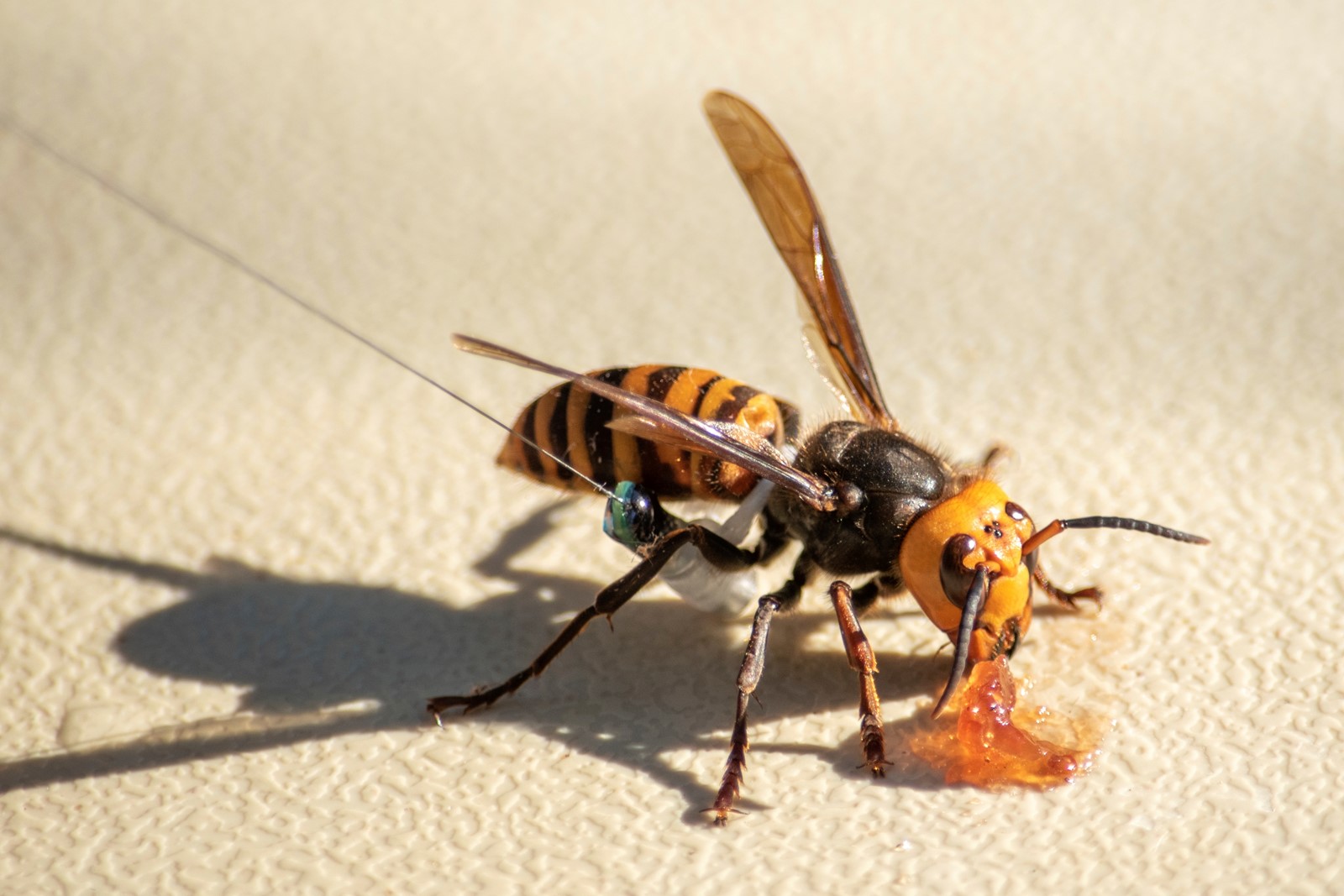
The “murder hornet” has been eradicated from U.S., federal officials say
SEATTLE>> The hunt for the “murder hornet” in the northwest corner of Washington began like a criminal investigation, with bee carcasses creating a crime scene and the public being asked to send tips about the potential culprit’s whereabouts.
Search grids were created. Traps were set. Soon, state entomologists were able to capture some of the wayward hornets, affixing tiny tracking devices on the insects to trace them back to their lairs. Crews wearing otherworldly protective equipment moved in to eliminate the nests.
Officials believe it all worked. On Wednesday, five years after the invasive hornets were sighted for the first time in Washington, state and federal agencies announced that they had eradicated the species successfully from that hot spot and the nation. That dispelled their initial fears that the hornet might spread rapidly enough to establish itself in the United States for good.
“We are proud of this landmark victory in the fight against invasive species,” said Mark Davidson, the deputy administrator at the U.S. Department of Agriculture’s Animal and Plant Health Inspection Service.
In total, state officials found four nests related to the introduction of the hornet in Whatcom County, an area along the Canadian border where farmers cultivate millions of pounds of raspberries and blueberries each year. The state now has gone three years without any new hornet discoveries in that region.
Officials acknowledged the possibility that a new invasion might happen in the future, especially given that they remained uncertain how the insect, a native of Asia known among entomologists as the northern giant hornet, was introduced into the region.
Case in point: The state was still investigating another reported hornet discovery about 100 miles away from the original nests.
State officials did not believe the new hornet was connected to the prior introduction and had not found any other evidence of the hornet establishing itself, but they deployed traps to monitor the area.
— The New York Times


 PREVIOUS ARTICLE
PREVIOUS ARTICLE
